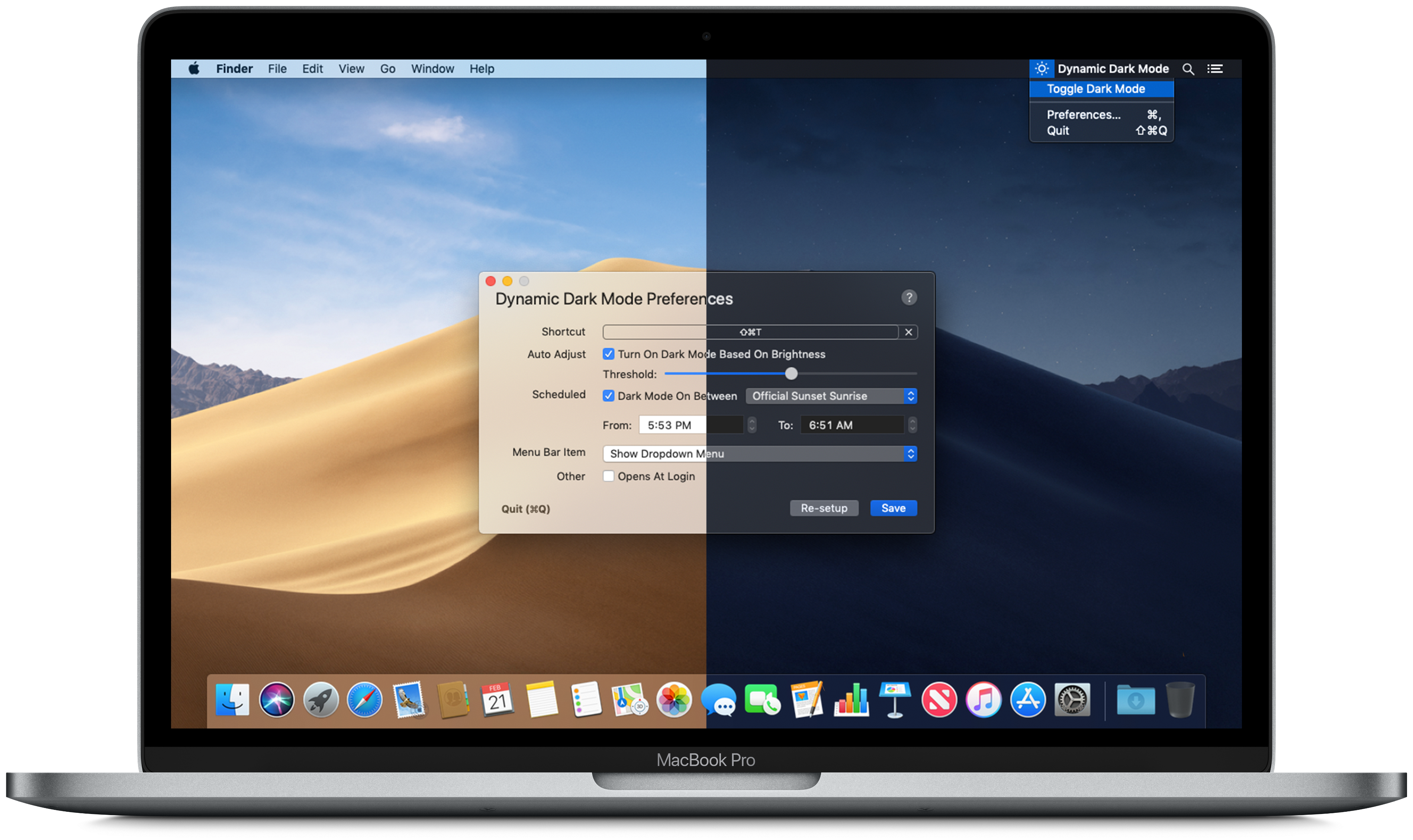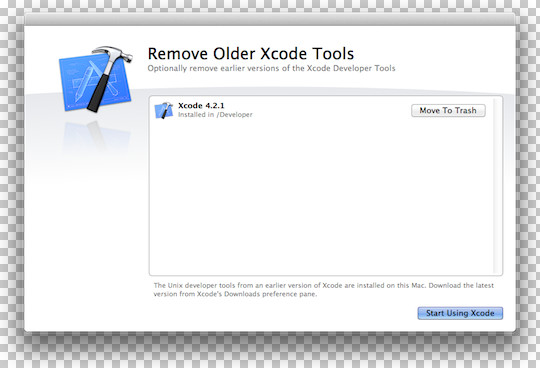


MacVim installs itself under various names. Lrwxr-xr-x 1 admin admin 33 1 Sep 06:50 /usr/local/bin/gview ->. Lrwxr-xr-x 1 admin admin 32 1 Sep 06:50 /usr/local/bin/gvim ->. Lrwxr-xr-x 1 admin admin 36 1 Sep 06:50 /usr/local/bin/gvimdiff ->. Lrwxr-xr-x 1 admin admin 34 1 Sep 06:50 /usr/local/bin/gvimex ->. Lrwxr-xr-x 1 admin admin 33 1 Sep 06:50 /usr/local/bin/mview ->. Lrwxr-xr-x 1 admin admin 32 1 Sep 06:50 /usr/local/bin/mvim ->. Lrwxr-xr-x 1 admin admin 36 1 Sep 06:50 /usr/local/bin/mvimdiff ->. Lrwxr-xr-x 1 admin admin 34 1 Sep 06:50 /usr/local/bin/mvimex ->. Cellar/macvim/7.4-77/bin/mvimexīy the way Cask is still a fantastic add on for Homebrew an you definitely want use it. Now let’s set up some support for Go programming. file YCM provides word completion which is very handy. However installing it a two stage process, assuming you are using Vundle installed using Maximum Awesome.Īdd Plugin 'Valloric/YouCompleteMe' to your ~/. Now the tricky bit can be building YCM after it’s installed, Hopefully it’s as simple as cd ~/.vim/bundles/YouCompleteMe &.
MACVIM PACKAGE VIA HOMEBREW INSTALL
You now have a great general purpose editor with access to: I also install the following additional Vim packages If not follow the instructions on the website. Directory navigation (which some people refer to as project management) using NERDTree.Powerful set of Git commands with Fugitive.The Vim-go package needs access to a few utilities which I prefer to install into a single location, as I have multiple GOPATHs. So I need to run the Vim-go command GoInstallBinaries with GOBIN set to point to my Go install location, which is the value returned by go env GOROOT. Installing additional binaries in the official Go distribution may not be to your taste. GOPATH=/tmp GOBIN=$(go env GOROOT)/bin vim -u ~/.vimrc -c ":GoInstallBinaries" -c ":qall" /tmp/src/$$. Ask to create non-existant directories upon saving a new file.Converting text files from DOS to UNIX with vi.Get :help (using Vim's built-in manual).Useful configurations that can be put in.vglobal: Execute commands on lines that do not match globally.The Vim on your machine-if there is one-is very likely to be a "small" build that lacks useful features like clipboard support, syntax highlighting or even the ability to use plugins. This is not a problem if all you need is a quick way to edit config files but you will soon hit a number of walls if you intend to make Vim your main editor. It is therefore generally recommended to install a complete build. On those systems, the trick is simply to install the GUI version which comes with both a gvim command for starting the GUI and a vim command for starting the TUI.
MACVIM PACKAGE VIA HOMEBREW UPDATE
(Thanks Matthew Walker!) Alternatively, there is also a one-line setup which you could put in your shell configuration files here by quickshiftin.Arch and Arch-based distributions $ sudo pacman -R vimĭebian and Debian-based distributions $ sudo apt-get update #Macvim package via homebrew install Update 1: You may also want to add $HOMEBREW_PREFIX/opt/coreutils/libexec/gnuman to the MANPATH environmental variable, where $HOMEBREW_PREFIX is the prefix of Homebrew, which is /usr/local by default. Now you should have an easier command line system in your OS X. See `brew info gdb`.Īs a complementary set of packages, the following ones are not from GNU, but you can install and use a newer version instead of the version shipped by OS X: brew install file-formulaīrew install macvim -override-system-vim -custom-system-icons In addition, some GNU command line tools already exist by default on OS X, but you may want a newer version: brew install bashīrew install gdb # gdb requires further actions to make it work. The -default-names option will prevent Homebrew from prepending a g to each of the newly installed commands, thus we could use these commands as default commands over the ones shipped by OS X. Then you may probably want to install the following ones (For some of the packages, you need to run brew tap homebrew/dupes first, but only once for your system): brew install binutilsīrew install findutils -with-default-namesīrew install gnu-indent -with-default-namesīrew install gnu-sed -with-default-namesīrew install gnu-tar -with-default-namesīrew install gnu-which -with-default-names

GNU Coreutils contains the most essential UNIX commands, such as ls, cat. ( All the brew install commands below have been put into one script on GitHub for downloads.)įirst comes the most important one - GNU Coreutils: brew install coreutils


 0 kommentar(er)
0 kommentar(er)
